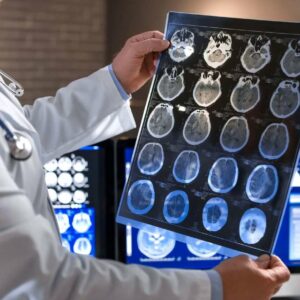
18 Dec How Brain Scans Diagnose ADHD
UNCOVERING THE TRUTH:
HOW BRAIN SCANS DIAGNOSE ADHD
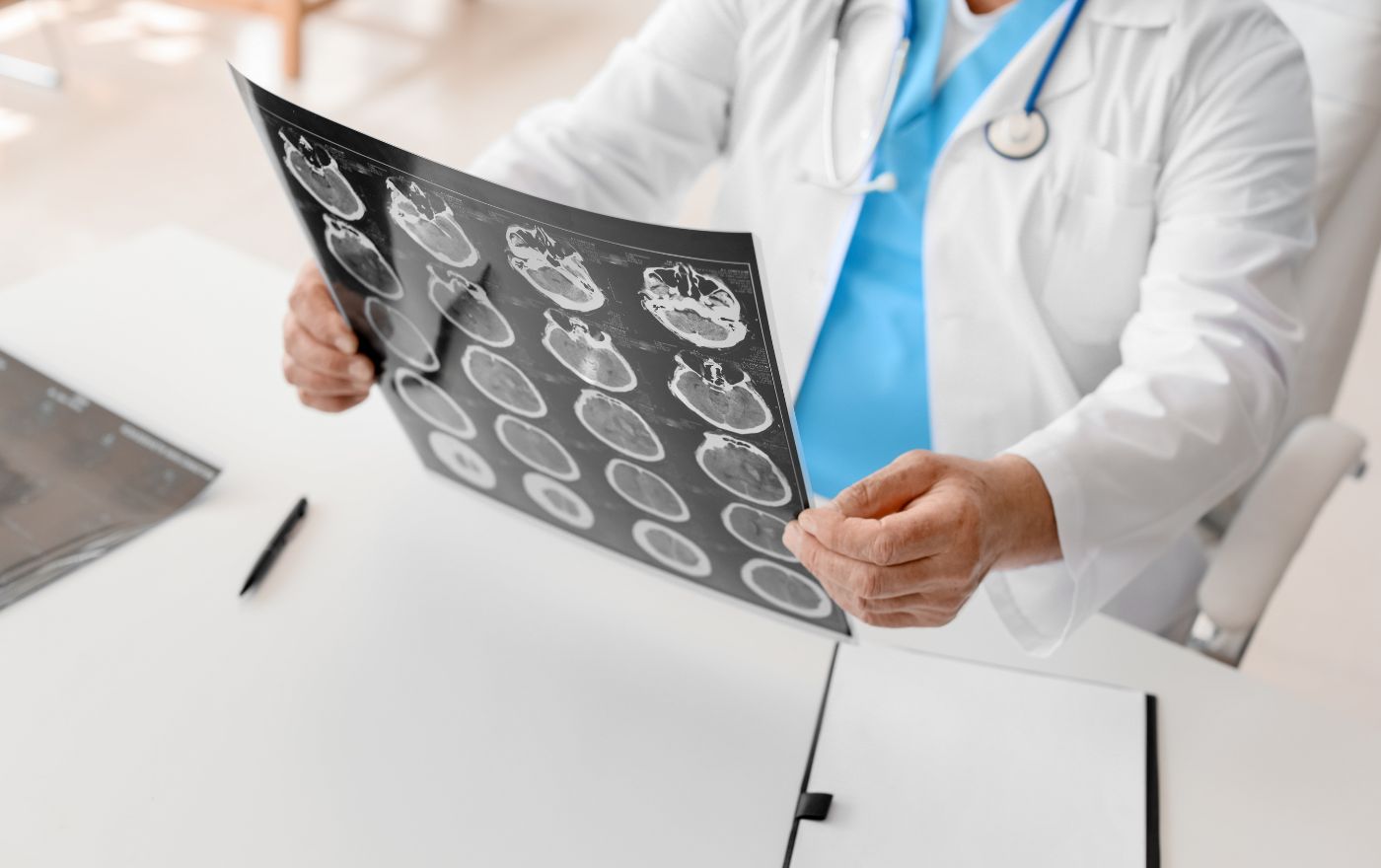
How Brain Scans Diagnose ADHD
Ever wonder what’s going on in the brain of someone with attention deficit hyperactivity disorder (ADHD)? Turns out, modern brain scan technology allows doctors to peek inside the ADHD brain and see how it’s functioning compared to a neurotypical brain. Brain scans are revolutionizing how we diagnose and understand ADHD.
Using high-tech imaging techniques like structural MRI, functional MRI (fMRI), and PET scans, doctors can visualize the ADHD brain in action. They can see which parts are more or less active, look for differences in connectivity between brain regions, and detect any structural abnormalities. What these scans reveal is truly fascinating. They show that ADHD is a real medical disorder and not due to laziness or lack of willpower. The ADHD brain is wired differently, and now we have the scientific proof.
Brain scans are an exciting new frontier for understanding the underlying causes of ADHD. They provide biological evidence to support a diagnosis and help determine the best treatment options based on how your unique ADHD brain functions. The future is bright as we unlock the secrets of the ADHD mind.
The Role of Brain Scans in ADHD Diagnosis
When ADHD is suspected but the diagnosis is unclear, brain scans can provide critical insights into how your brain functions. Structural MRI, functional MRI (fMRI), and PET scans are commonly used to evaluate brain areas involved in attention, organization, planning, and impulse control.
Structural MRI scans measure the size and shape of brain structures. In ADHD, certain areas, like the prefrontal cortex and basal ganglia, tend to be smaller. FMRI scans measure blood flow in the brain while you perform tasks like focusing attention or inhibiting responses. Differences in brain activation patterns can indicate ADHD. PET scans also measure brain activity and the availability of neurotransmitters like dopamine that play a role in ADHD.
What Brain Scans Tell Us About ADHD
Brain scans provide physiological evidence to support or rule out an ADHD diagnosis. Specific patterns of structural abnormalities, altered brain activation, and neurotransmitter availability associated with ADHD symptoms are detected. Scans also help determine the type of ADHD – predominantly inattentive, hyperactive-impulsive, or combined. Identifying the underlying brain-based causes of your challenges can help you choose the right treatment approach, whether medication, therapy, or both.
While not definitive, when combined with information from clinical evaluations, rating scales, and your medical history, brain scans help ensure an accurate diagnosis and the most effective treatment plan. They provide reassurance that your condition has a biological basis and is not due to a lack of willpower or poor choices. There are real reasons why certain tasks may feel extra effortful for you, but the good news is the brain is malleable, and with proper support, you can strengthen the areas that need improving.
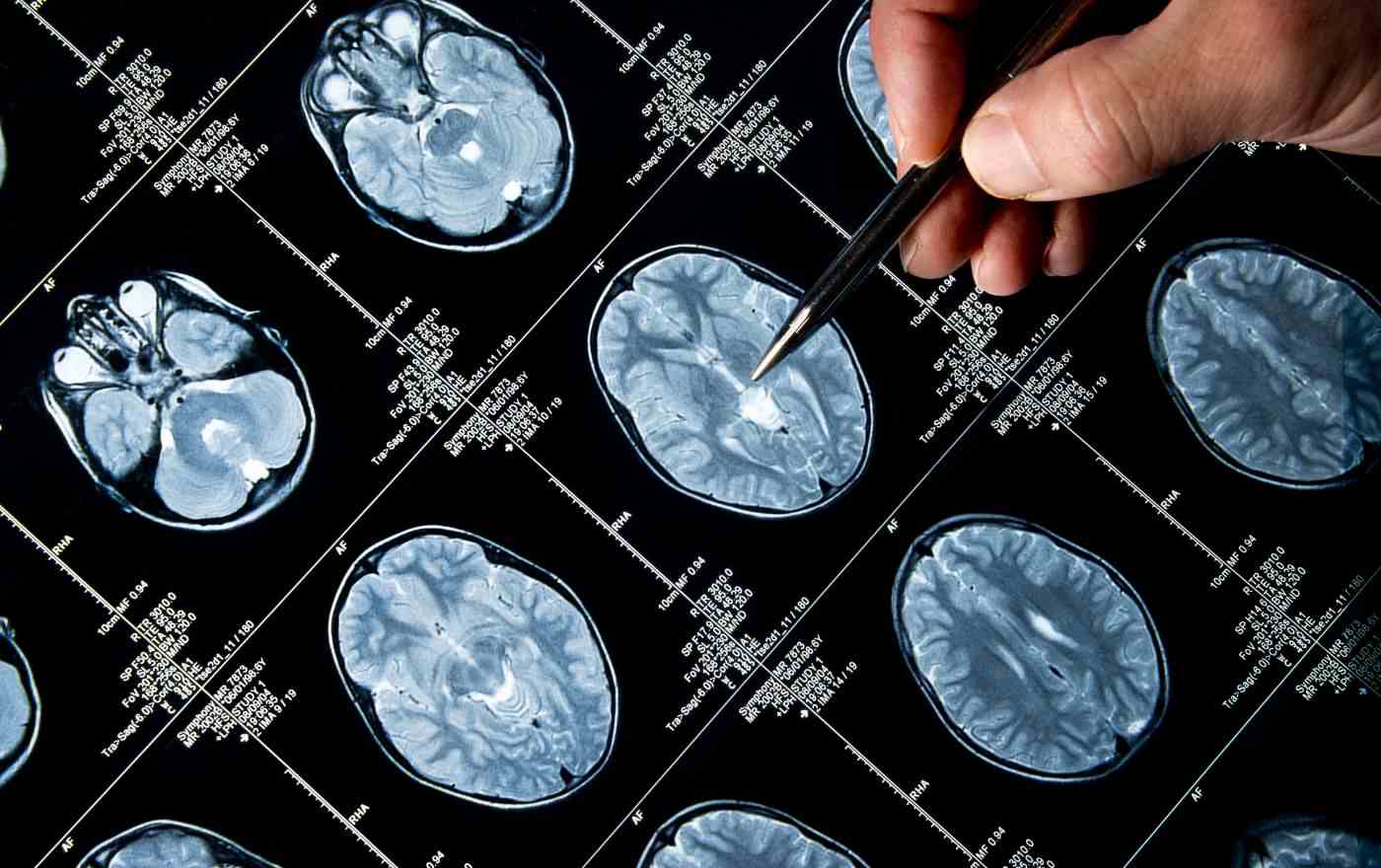
Structural MRI: Looking at Brain Anatomy
Structural MRI scans allow doctors to see the actual structure and anatomy of the brain. By comparing the brain scans of those with ADHD to those without, researchers have identified some key differences.
Size Variations
Structural MRI scans show that several brain regions tend to be smaller in people with ADHD, including the prefrontal cortex, caudate nucleus, and cerebellum. The prefrontal cortex is involved in controlling impulses and attention, so that a smaller size may contribute to the symptoms of ADHD.
Delayed Development
The brains of children with ADHD may develop at a slower rate, by up to 3 years, in some regions. As they age, the differences in size decrease, which may explain why some children seem to outgrow ADHD symptoms. For others, the size differences persist into adulthood.
Connectivity Differences
The connections between certain brain networks – like those involved in focusing attention, controlling behavior, and processing rewards – also seem to be altered in ADHD. Some connections may be weaker, while others are stronger. These connectivity differences, seen on fMRI scans, provide further evidence that the ADHD brain functions differently.
While brain scans alone can’t diagnose ADHD, they provide valuable insight into the underlying neurobiology of the disorder. By continuing to study the ADHD brain, researchers hope to develop better treatments, improve diagnosis, predict outcomes, and gain a deeper understanding of how the ADHD mind works.
Functional MRI (fMRI): Evaluating Brain Activity
Functional MRI (fMRI) scans measure changes in blood flow in the brain. When a part of the brain is activated, blood flow increases to that area. fMRI scans use this to see which brain areas are active during certain tasks.
For diagnosing ADHD, fMRI scans evaluate the activity and connections in brain areas involved in attention, organization, and impulse control. People with ADHD often show decreased activity in the prefrontal cortex, the part of the brain responsible for these functions. fMRI scans may also detect impaired connections between the prefrontal cortex and other brain parts.
- The prefrontal cortex controls attention, organization, planning, and impulse control. Decreased activity here suggests problems with these skills, as seen in ADHD.
- The basal ganglia help regulate the prefrontal cortex. Impaired connectivity between these areas may contribute to difficulty controlling impulses and sustaining attention.
- The anterior cingulate cortex (ACC) regulates attention and impulse control. Less activation in the ACC is linked to problems shifting attention and controlling inappropriate responses.
- The cerebellum coordinates motor control and cognitive functions. Impaired connections between the cerebellum and prefrontal cortex may relate to hyperactivity and difficulty coordinating thoughts and actions.
fMRI scans provide clinicians with objective data about brain function to support an ADHD diagnosis. They can detect abnormalities even when behavioral symptoms seem borderline or ambiguous. However, fMRI should not be used alone to diagnose ADHD. Diagnosis should include reports from multiple sources about symptoms and their impact. fMRI serves to provide biological evidence and help determine appropriate treatment plans.
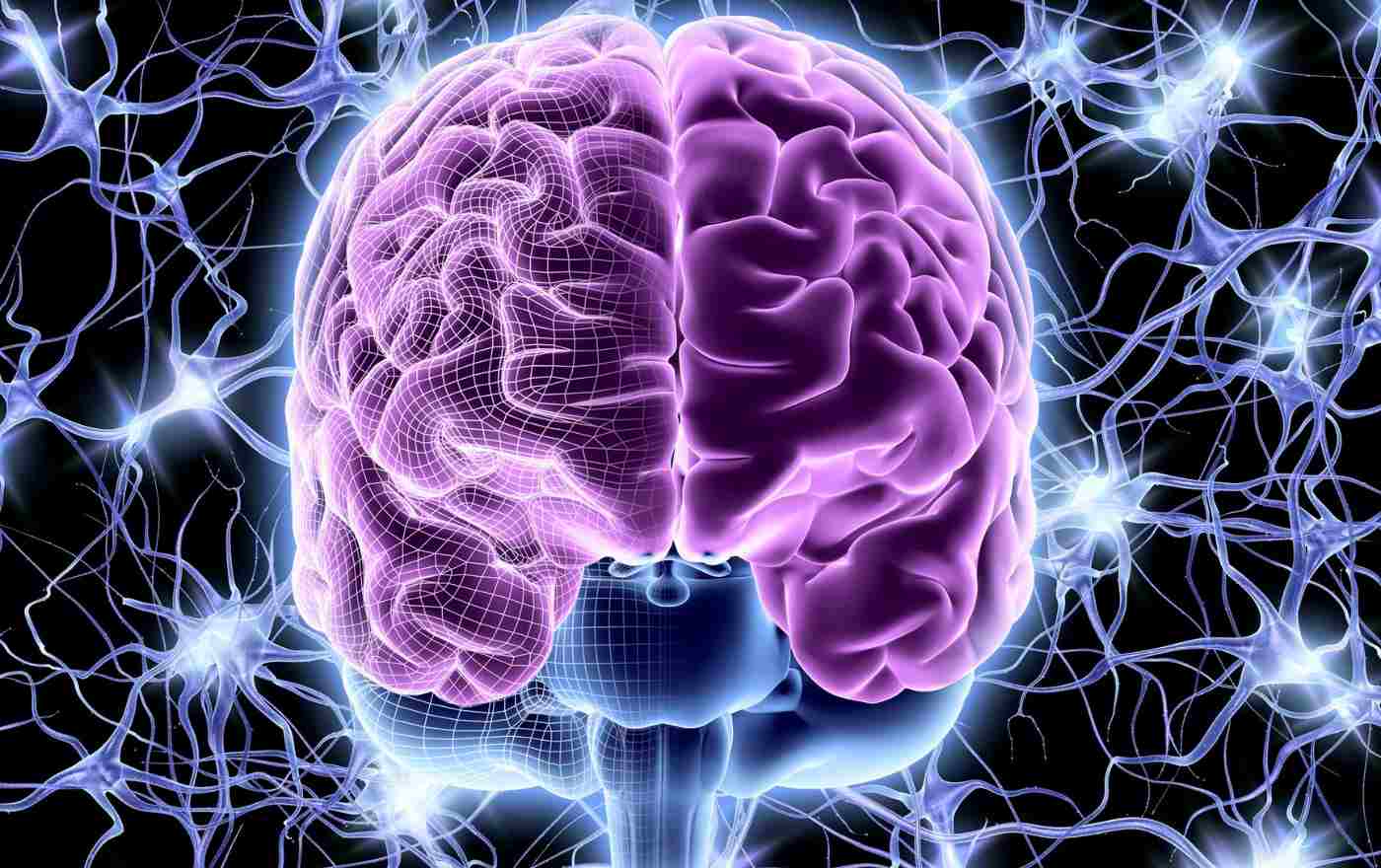
PET Scans: Measuring Brain Metabolism
PET scans are specialized brain scans that use radioactive tracers to measure brain metabolism and blood flow. For ADHD diagnosis, PET scans can detect differences in activity in brain parts involved in attention, organization, and impulse control.
A PET scan requires injecting a radioactive tracer into your bloodstream. As the tracer circulates, it emits signals detected by the PET scanner. Areas of high brain activity will absorb more of the tracer, showing up as bright spots on the scan. For ADHD, there may be decreased activity in the prefrontal cortex and cerebellum, areas involved in executive function, attention, and motor control. There could also be increased activity in the basal ganglia related to reward processing and impulsivity.
PET scans provide insight into how your brain functions at a cellular level. The results, combined with symptom evaluations, medical history, and other test findings, help determine if the differences in brain activity are consistent with an ADHD diagnosis. PET scans are only sometimes needed but can be helpful for complex cases or when other tests are inconclusive.
While PET scans show the biological underpinnings of ADHD, the diagnosis is still based primarily on the criteria listed in the Diagnostic and Statistical Manual of Mental Disorders (DSM). Brain scans alone cannot diagnose ADHD but rather provide supporting evidence and help rule out other potential causes for symptoms. A comprehensive diagnosis should include:
- Evaluating symptoms of inattention, hyperactivity, and impulsivity
- Determining if these symptoms impair function in two or more settings (e.g., home, school, work)
- Ensuring symptoms were present before age 12
- Ruling out other conditions that could cause similar symptoms
- Reviewing medical, family, and school history
PET scans, when used properly and interpreted accurately, give us a glimpse into the inner workings of the ADHD brain. By pinpointing differences in brain activity, they help validate ADHD as a real medical disorder and not just a problem with motivation or discipline. Still, a diagnosis is complex, and brain scans are just one part of the puzzle.
What Brain Scans Reveal About ADHD Brains
Brain scans are a key tool for diagnosing ADHD. Structural and functional MRI (fMRI) are the most common types. MRI scans provide detailed 3D images of the brain’s structure, while fMRI scans measure brain activity by detecting changes in blood flow.
Structural MRI
Doctors might use structural MRI scans to look for abnormalities in the brain’s size or shape. In some people with ADHD, certain parts of the brain may be slightly smaller or larger. These differences are subtle, though, and MRIs alone cannot diagnose ADHD. They are mainly used to rule out other possible causes of symptoms.
Functional MRI (fMRI)
Functional MRI or fMRI scans measure which parts of the brain are active during certain tasks. People with ADHD often show less activity in the prefrontal cortex and other areas involved in focus and impulse control. fMRI scans can also detect changes in the brain’s reward system and how it responds to motivation and reinforcement. These insights provide biological evidence to support an ADHD diagnosis.
PET Scans
PET scans use radioactive tracers to map brain activity and the flow of neurotransmitters like dopamine. Since dopamine is involved in attention and reward, PET scans can detect abnormalities in the dopamine system that are linked to ADHD. However, PET scans are more expensive, take longer to perform, and expose people to radiation, so they are not used as frequently as MRI for diagnosing ADHD.
While brain scans cannot diagnose ADHD independently, they provide objective data to support other clinical assessments. Combined with a medical exam, behavioral evaluations, questionnaires, and a detailed patient history, brain scans help ensure an accurate diagnosis and the most effective treatment plan for each individual.
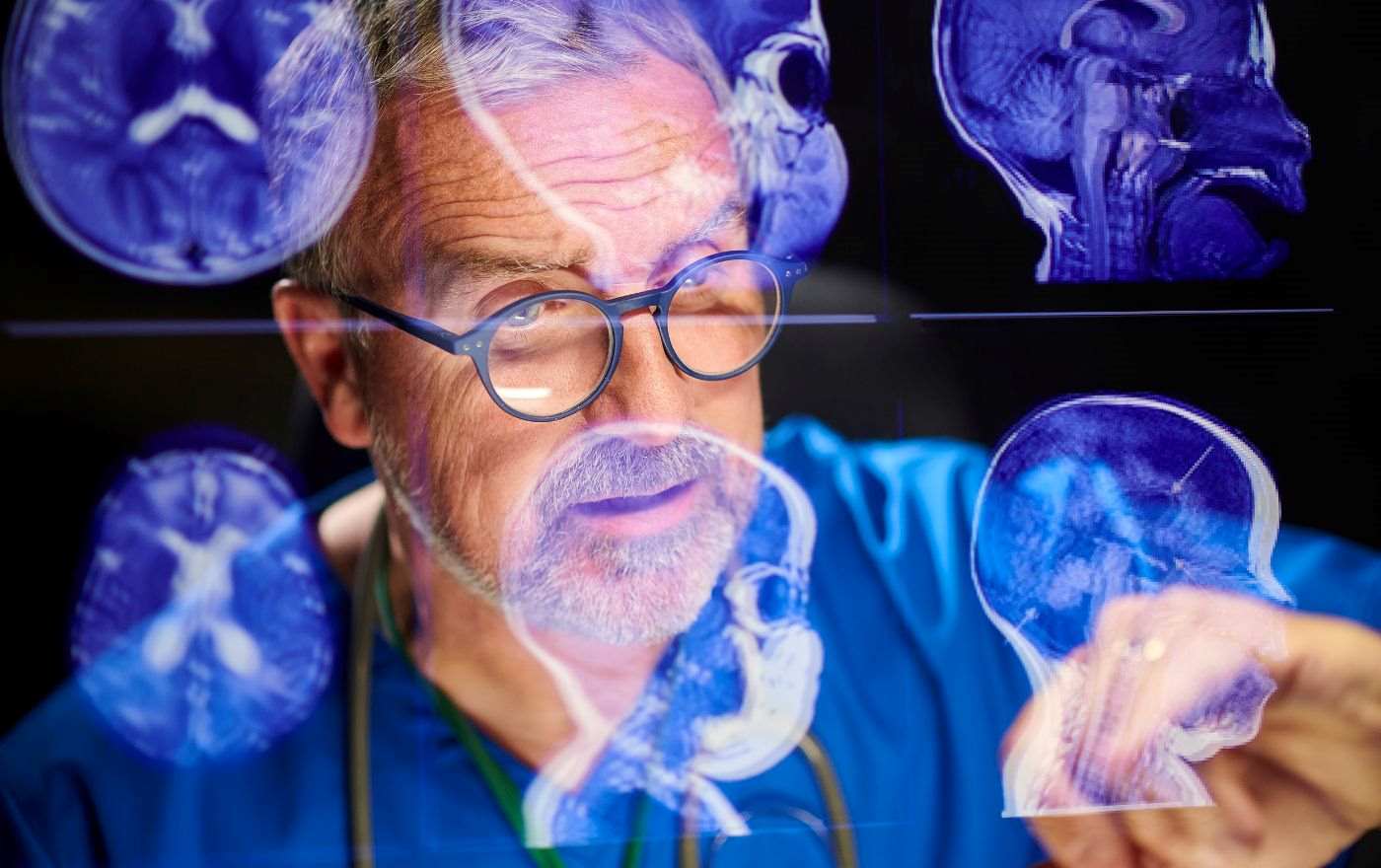
Conclusion
So there you have it. An inside look at how modern brain scans are helping doctors get to the truth behind ADHD. Diagnosing this complex condition is challenging, but advanced imaging provides biological evidence to support what doctors and patients have known for years. While brain scans alone can’t diagnose ADHD, they are an important tool that, when combined with a full diagnosis process, can give you and your doctor confidence in developing the right treatment plan for you or your child.
The future is bright as researchers continue to explore how brain scans can reveal new insights into the ADHD brain and help develop even better ways to manage symptoms. You can feel good knowing that science is on your side for now.
Craig Selinger
Latest posts by Craig Selinger (see all)
- Psychotherapy and Support Services at Cope With School NYC - April 12, 2024
- NYC Parents of Teens Support Group - April 8, 2024
- Here I Am, I Am Me: An Illustrated Guide to Mental Health - April 4, 2024


No Comments